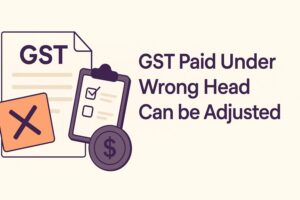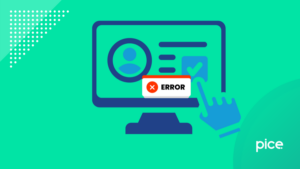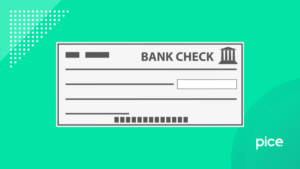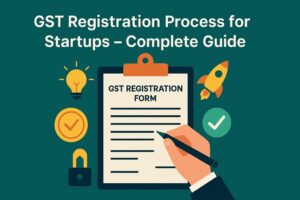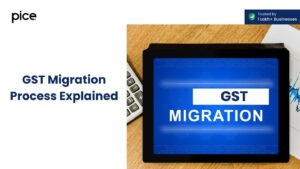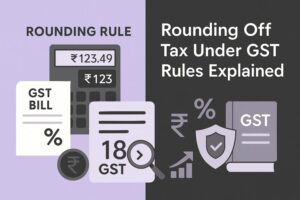Tax Invoice Format in Word
- 3 Dec 24
- 9 mins
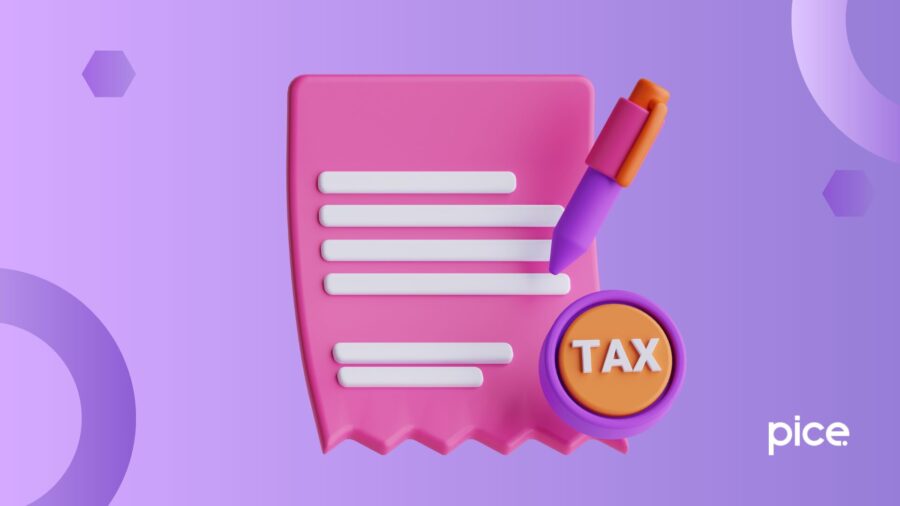
Tax Invoice Format in Word
- What Is a Tax Invoice?
- Key Components of an Invoice Format in Word
- How to Create Invoice Format in MS Word?
- Limitations of Using Word for Invoice Formats
- Benefits of Using an Invoice Format in Word
- Details to Be Captured in the GST Tax Invoice Format
- Who Should Issue a GST Invoice?
- Key Components of a GST Invoice
- Conclusion
Key Takeaways
- GST tax invoices are mandatory for sellers to ensure compliance and enable tax credit claims.
- MS Word templates provide an easy and cost-effective way to create professional invoices.
- GST invoices must include supplier, buyer, tax, and item details for validity.
- Word-based invoices lack automation, scalability, and real-time tracking features.
- Customizable Word invoices ensure professionalism, consistency, and shareability.
Issuing a tax invoice is necessary for sellers under the Indian GST regulations. As a goods and services provider, you can create a tax invoice format in Word or use pre-designed templates to record the details of transactions.
Using an invoice generated in MS Word can be easy as it does not require other invoice software or any online invoice generator. Learn in detail about such invoices and how to generate them in MS Word here.
What Is a Tax Invoice?
A tax invoice is often termed a GST invoice. It is a mandatory invoice that a seller issues to a buyer under the Indian GST system for the supply of services or goods. It highlights the transaction details and the breakdown of taxes. Issuing a GST invoice helps in compliance, record keeping and maintaining transparency. It helps in tax collection and credit claims for the related parties.
Key Components of an Invoice Format in Word
Here are the key components of a payment invoice format in Word:
- Title: Mention a title based on the business needs such as tax invoice, bill of material or invoice.
- Invoice Number: An invoice number to distinguish each invoice.
- Invoice date: The date you issue the invoice as a payment request.
- Due Date: The last date of payment.
- Seller Information: You need to include the seller's name, GST number, address and contact information.
- Buyer Information: You need to mention the buyer’s name, address and contact information.
- Item Description: List of products or services provided in addition to descriptions, price per unit, quantities and taxes.
- Subtotal: The total cost before you apply taxes and deduct discounts.
- Taxes: Include the applicable tax rate and the amount of applicable taxes.
- Discounts: Mention the discount applicable to the total amount of invoices.
- Additional Details and Charges: Include extra fees such as shipping and handling charges.
- Total Amount: The total amount that needs to be paid after taxes, discounts and additional charges.
- Payment Terms and Conditions: Mention the payment methods, accepted payment modes, payment options and account details.
- Additional Notes: In case you need to mention additional information for the buyer, mention them as notes.
How to Create Invoice Format in MS Word?
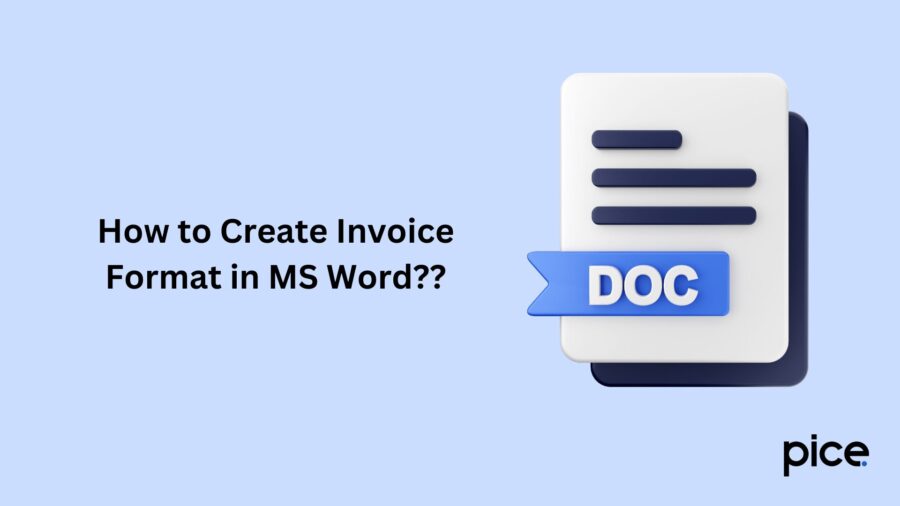
You can create an invoice from scratch in one of the following two ways:
Option:1 – Using Word Templates to Create Invoice Format
You can download Doc templates from your preferred website. Certain websites offer multiple options to download templates or a tax invoice format. You can choose one such template to create an invoice from a blank invoice. It enables you to fill in the blank sections to complete the invoice. Alternatively, you can create an invoice in MS Word in the following way.
Option:2 – Using Word to Create Invoice Format
Here is the invoice creation process using Word or Google Sheets:
Step 1: Go to your Microsoft Word and select ‘New’ from the menu.
Step 2: To select an invoice from the available templates, type ‘Invoice’ in the search option.
Step 3: Select the template of your choice and open it.
Step 4: Fill in the details in the template and save it in your desired format.
Limitations of Using Word for Invoice Formats
The following are the limitations of using Word for invoice format:
- Manual Entry: Manual data entry increases the risk of accounting errors from the manual effort, making accuracy a concern.
- Lack of Automatic Calculation: This system lacks automation wherein payment reminders or recurring invoice generation is affected.
- Limited Integration: This system lacks facilities for integration without accounting software or inventory software.
- Scalability Issues: Businesses that require a high volume of invoicing are likely to face scalability issues by choosing this method.
- No Real-time Tracking: This system restricts real-time tracking of invoice status or payments.
- Security Concerns: This system lacks encryption facilities, resulting in security issues.
- Time-consuming: Using this system makes creating and managing more than one invoice time-consuming.
- Limited Reporting: This system lacks features like advanced reporting and analytics.
- Version Control: You are likely to face challenges managing different versions of invoices.
Benefits of Using an Invoice Format in Word
You can reap the following benefits by using a billing invoice format in Word:
Ease of Use
User-friendly Word templates do not mandate additional software skills to create invoices. As a result, you can easily access it on your device.
Customisable
You can choose to customise a template based on the needs of your business and brand. It allows you to incorporate data and information that are relevant and necessary.
Professional Appearance
The professional-looking invoice improves clarity for the buyers. In addition, it improves invoice presentation with effective billing documents. Professional invoices often help gain buyers' trust.
Time-Saving
As these invoices are pre-designed templates, you can easily incorporate the data that you need. This eliminates the need to format the template manually, saving you time.
Versatility
You can use these invoice templates irrespective of the business and industry type. The customisation feature makes it versatile to use such invoices.
Cost-Effective
Using invoice templates can be cost-effective as they do not require specialised invoicing software. You can reduce your cost by avoiding software installation for the invoicing process.
Printable and Shareable
These invoices are easily printable and shareable. As a result, if you need a printed copy, you can generate the same without any hassle. You can further share it with your customers electronically based on your convenience.
Consistency
You can use a uniform invoice template for all invoices. This ensures consistency and enhances accuracy in terms of record-keeping. You can thus create accurate invoices in Word format.
Details to Be Captured in the GST Tax Invoice Format
Here are the details that a GST tax invoice needs to capture:
- Company Details: This includes the name of the company, address followed by ZIP code, business contact and email address.
- Client Details: Ensure to include the client's name, contact details and address.
- Invoice Numbering: Enter the invoice number according to the records.
- Goods/ Services Details: This includes description, cost, per unit price, quantity and the amount due.
- Bank Account Details: Specify bank details, including the bank name, IFSC code and account number.
- Payment Details: Payment terms and expected payment date needs to be entered in the GST tax invoice.
Who Should Issue a GST Invoice?
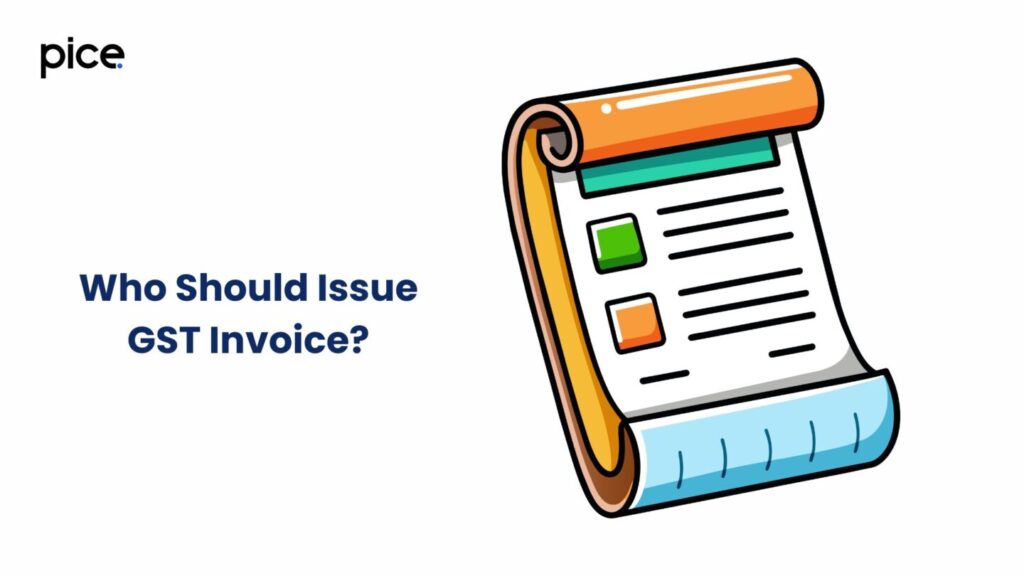
A registered person needs to issue GST invoices under the GST regime for the supply of goods and services. However, the exceptions are as follows:
- If you are a seller supplying goods and services of a value less than ₹200 to an unregistered buyer, you do not have to issue invoices.
- Under the Reverse Charge Mechanism (RCM), the recipient of goods and services is liable to issue GST-compliant invoices.
Key Components of a GST Invoice
To ensure a valid tax credit claim, a GST invoice should mandatorily include the following:
Supplier Information:
For business identification, mention the GSTIN (GST identification number), address and name of the supplier on an invoice.
Recipient Information:
Ensure to specify the name and address of the buyer. Moreover, if the buyer is a registered taxpayer, you need to mention the GSTIN of the buyer.
Invoice Details:
The invoice details help in accounting and tax purposes. Ensure the challan number is sequential and unique for a particular financial year. You need to mention the place and time of supply to determine the applicability of CGST, SGST or IGST.
Item Details:
You need to describe the goods or services that you sell in item details. Further, specify the quantity, HSN code for goods and SAC code for services. Ensure that you specify taxable supply values before applying GST. Mention the item code, item type and item cost to complete the item details.
Tax Details:
This section mandates specifying the CGST, SGST or IGST rate followed by the tax amount. Additionally, mention the total amount payable after applying taxes.
Conclusion
A tax invoice format in Word can be generated seamlessly by sellers to issue the same to their buyers. It is not only cost-effective but also less time-consuming. You can use such an invoice to ensure consistency across different invoices, thereby maintaining transparency with your buyers.
However, while creating such an invoice, mention all the essential details in the relevant and pre-formatted fields.
💡If you want to streamline your payment and make GST payments, consider using the PICE App. Explore the PICE App today and take your business to new heights.
FAQs
What is a GST Tax Invoice?
Who is required to issue a GST Invoice?
What are the mandatory details in a GST Invoice?
What are the benefits of creating GST invoices in MS Word?
What are the limitations of using Word for GST invoicing?
 By
By 







